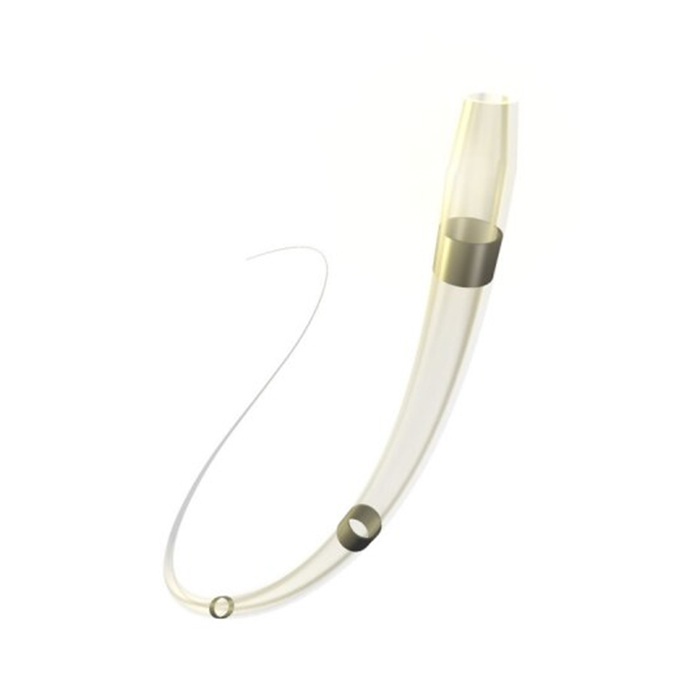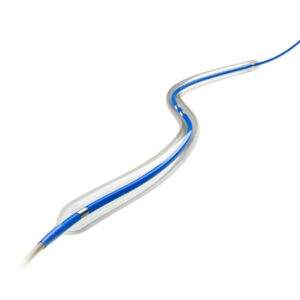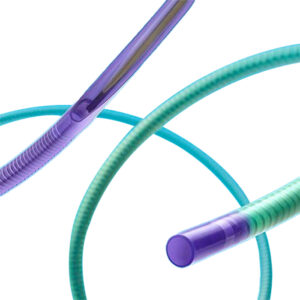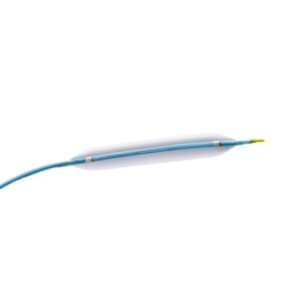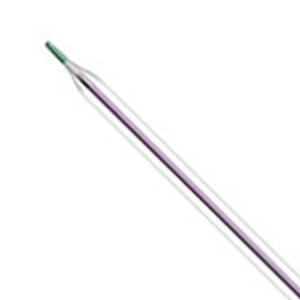Description
MARKERS
TrailBlazer™ Support Catheters are percutaneous, single-lumen catheters designed for use in the peripheral vascular system. TrailBlazer™ Support Catheters are designed to guide and support a guidewire during access to the vasculature, allow wire exchange, and provide a conduit for the delivery of saline solutions or diagnostic contrast agents.
TrailBlazer™ Angled Support Catheters are percutaneous, single-lumen catheters designed for use in the peripheral vascular system. TrailBlazer™ Support Catheters are designed to guide and support a guidewire during access to the vasculature, allow wire exchange, and provide a conduit for the delivery of saline solutions or diagnostic contrast agents.
PRODUCT DETAILS
TRAILBLAZER SUPPORT CATHETER
- The non-braided catheter offers enhanced tracking and efficient passage.
- Translucent shaft allows visualization of catheter.
- Flat tip design.

TRAILBLAZER ANGLE SUPPORT CATHETER
- Braided catheter provides solid pushability to pass through challenging lesions.
- Angled 25 and 30 degree tips make boat selection and transition easy.
- The telescope allows insertion of a 0.014′ and 0.018′ angled catheter through a 0.035′ catheter for extended reach and pushability.

Design of TrailBlazer Support Catheters
Design features of both the TrailBlazer support catheter (top) and TrailBlazer angled support catheter (bottom).
- Hydrophilic coating (distal 40cm) provides lubricity.
- Embedded marker tapes assist in catheter positioning.
- The tapered, low-profile tip ensures the passage.



